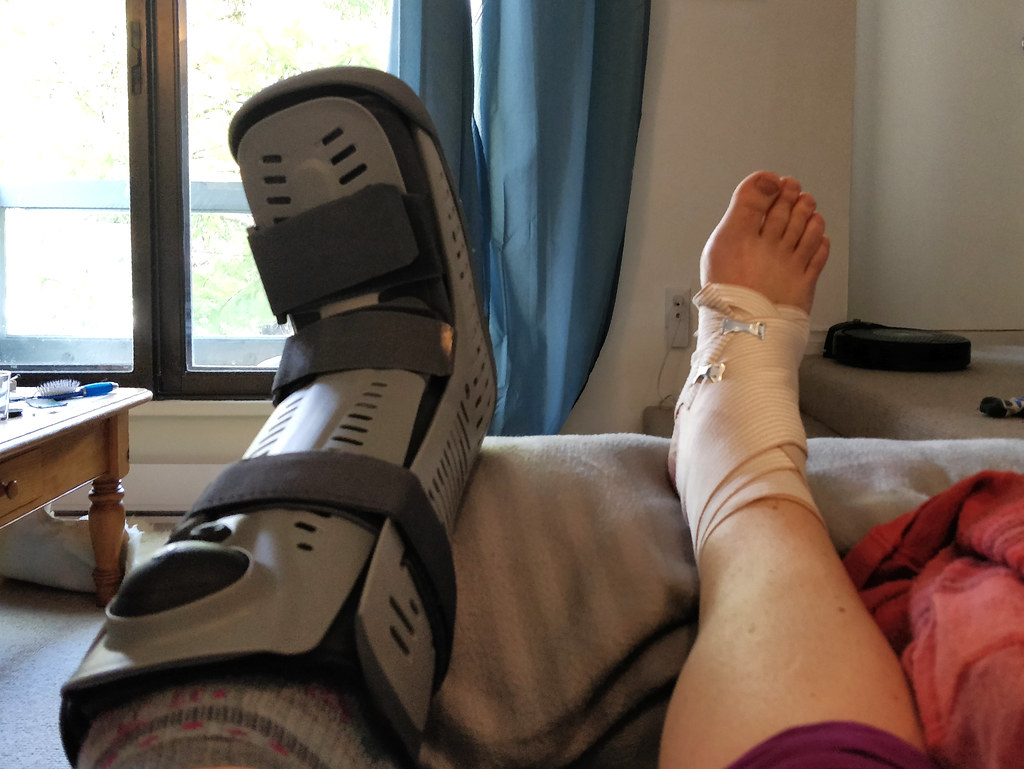Cricket is undoubtedly India’s most popular sport, and its popularity is increasing globally. Cricket will be part of the Olympics in 2028. Cricket is considered a gentleman’s sport, and now its nature is rapidly changing. With a low pace and minimal contact, cricket has transformed into a high-intensity endeavour for both men and women. With various formats like 5-day Test cricket, 50-over One Day matches, and 20-over T-20 matches, modern-day cricketers are having to play the game with more intensity and increased workloads. These 3 formats have led to increased injuries amongst cricketers, especially in the limited-overs version of cricket.
Cricket injuries can occur during games or practice sessions. These can occur due to impact mechanisms or be of gradual onset. Impact injuries involve contact with the ball, ground, or other player, while gradual-onset injuries occur due to repeated small injuries and tissue fatigue over time. The nature of injuries varies based on the player’s role, with bowlers being the most susceptible, constituting 40–50% of all injuries. In most of the bowlers cases, there are lumbar spine and lower limb injuries, whereas fielders cause more shoulder and upper limb injuries.
In the game of cricket, it’s the lower limbs that often bear the brunt of injuries—50% of the players’ struggles. These injuries target crucial areas like the hamstring, knee, quadriceps, shin, foot, and ankle. Interestingly, it’s during the intense moments of bowling and the dynamic actions of fielding that players find their feet, quite literally, in jeopardy. The combination of running and landing in bowling seems to pose a higher risk, particularly when it comes to foot injuries. Bowling involves running and landing. It causes more foot injuries. Fielding can cause more ankle injuries because it involves running, stopping, collecting, and throwing the ball. Sliding during fielding also makes ankle injuries more common. If a bowler tries to stop a ball with his foot and slips, he might twist his ankle and hurt the lateral ligaments. This is what happened to Hardik Pandya during the Cricket World Cup 2023, and he had to leave the game.
Most foot and ankle injuries occur on the non-dominant side, possibly because the dominant side has better control. Bowling, especially with a different action, puts a lot of force on the front foot, making it more susceptible to injuries. Most of the time, foot and ankle injuries happen on the non-dominant side. Possible explanations for this are better sensorimotor and postural control of the dominant side and asymmetrical bowling action. Also, when bowlers have a different way of bowling with one side, the foot on the other side takes a lot of pressure
Ankle injuries take longer to heal, leading to more days out of play compared to foot injuries. 50% of foot and ankle injuries lead to the loss of at least one match or practice session for elite cricketers. These injuries can be a big setback and prevent cricketers from taking part in a match or a tournament. It also affects their performance levels after recovery. Cricketers might be out for 4-6 months due to ankle injuries. On average, a cricketer loses about 3 weeks with each injury.
The ankle joint has three lateral ligaments on the outer side: the anterior talo-fibular, calcaneo-fibular, and posterior talo-fibular ligaments. The anterior talo-fibular ligament (ATFL) is relatively weaker amongst the three lateral ankle ligaments and is often the one that gets injured the most.
About 80% of ankle injuries are first-time injuries as they happen. Most of these injuries occur during fielding when the ankle twists inward, stretching or tearing the ligament on the outer side of the ankle. Cricketers with very flexible ligaments are more likely to have these injuries. Such injuries to an important team member have a big impact on the team, its performance, and the players daily practice routine.
When there is a sudden injury, the outer side of the ankle swells, bruises, and feels tender. Players find it hard to move and walk, and they can’t put weight on the injured leg. . To check for fractures around the ankle joint, X-rays are taken. Usually, X-rays are normal, but sometimes they might show a small piece of bone, suggesting a ligament injury. An MRI of the ankle is needed to find out exactly where the ligament is injured, how bad it is, and if there’s any damage to the cartilage.
Immediate treatment for lateral ankle ligament injuries aims to reduce pain and swelling.
Ice packs to reduce swelling and pain
Anti-inflammatory analgesics
Compression bandage
Keep your legs elevated.
Walker boot for immobilisation
Can fully weight bear with the help of crutches
Start ankle and toe exercises as soon as possible.
Getting physiotherapy early on is helpful because it helps to reduce swelling, prevent stiffness, improve proprioception within torn ligaments, and improve neuro-muscular control. Early and sustained physiotherapy also prevents reinjury. Cricketers can return to play after undergoing appropriate rehabilitation.
A previous lateral ligament injury to the ankle is the biggest risk factor for reinjury. Players who keep having problems with this despite trying lots of rehab might need surgery to stabilise the ankle ligament.
Dr. Anand Jadhav,
Senior Consultant and Head of Orthopaedic Department,Manipal Hospital, Baner, Pune



